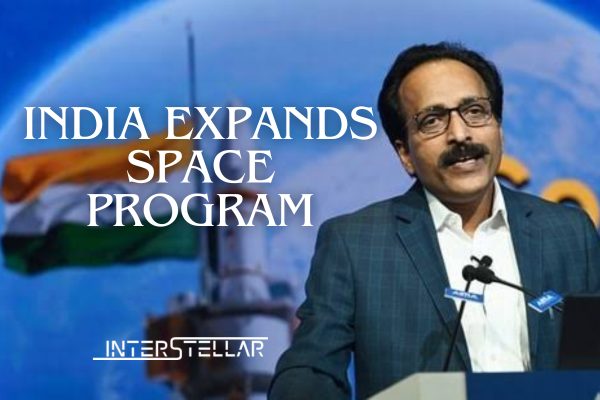India Expands Space Program, Greenlights Chandrayaan-4 Moon Sample Return Mission
India has given the go-ahead for several major space projects, including the ambitious Chandrayaan-4 mission aimed at returning samples from the Moon. Approved by the Union Cabinet under Prime Minister Narendra Modi on Sept. 18, the Chandrayaan-4 mission will employ two LVM-3 rockets to launch distinct spacecraft stacks consisting of propulsion, lander, and ascent modules, as well as transfer and reentry systems. The mission has been granted a substantial budget of approximately 21 billion rupees (around $253 million).
This complex mission will equip India with critical technologies essential for its human lunar landing ambitions by 2040. Key developments include the ability to ascend from the lunar surface, docking operations in lunar orbit, and secure reentry to Earth with lunar samples. The government statement underscored that the mission aims to enhance India’s capabilities in scientific lunar analysis while strengthening its self-reliance in space technology through collaboration with Indian industry.
Venus Orbiter and Planetary Studies Set for 2028
In addition to lunar projects, India is setting its sights on Venus with the approval of the Venus Orbiter Mission (VOM). Scheduled for a March 2028 launch, this mission will study Venus’s atmosphere, geological features, and evolution. The project, with a budget of roughly 12.36 billion rupees ($149 million), will support planetary science goals such as understanding how Venus’s environment diverged from Earth’s and exploring phosphine as a potential biomarker.
The Venus mission will also drive collaboration with Indian industries and academic institutions, generating both technology and employment benefits across sectors.
Progress on India’s First Space Station Module: BAS-1
The Cabinet also expanded the Gaganyaan human spaceflight program, authorising development of India’s first space station module, Bharatiya Antariksh Station (BAS-1). Originally approved in 2018 to foster independent human spaceflight capabilities, the expanded program now aims to launch BAS-1 by 2028. Over eight missions, including four under the Gaganyaan Program by 2026 and an additional four for space station technology development, ISRO aims to establish BAS-1 as India’s first orbital station.
To support this mission scope, the government increased Gaganyaan’s budget by 111 billion rupees ($1.35 billion), making the total allocation for Gaganyaan and BAS-1 about 201 billion rupees ($432 million).
Next Generation Launch Vehicle: India’s Future in Reusable Space Travel
India’s vision for more efficient and powerful launch systems is taking shape with the approval of the Next Generation Launch Vehicle (NGLV). This reusable launcher, expected to deliver three times the payload capacity of the current LVM-3 at 1.5 times the cost, will employ modular green propulsion and reusable components, contributing to India’s ambitions of a sustainable space ecosystem.
With a budget allocation of 82.4 billion rupees ($994 million), the NGLV development will span eight years, including three test flights, and will enhance India’s capabilities across human spaceflight, lunar exploration, and satellite deployment.
A New Era for India’s Space Program
These newly approved projects represent a substantial investment as India expands space program and a significant expansion of its objectives. With a diverse range of missions aimed at the Moon, Venus, human spaceflight, and reusable launch technology, India is advancing its space ambitions, setting up collaborations, and bolstering its industry partnerships to support its position as a global space power.





